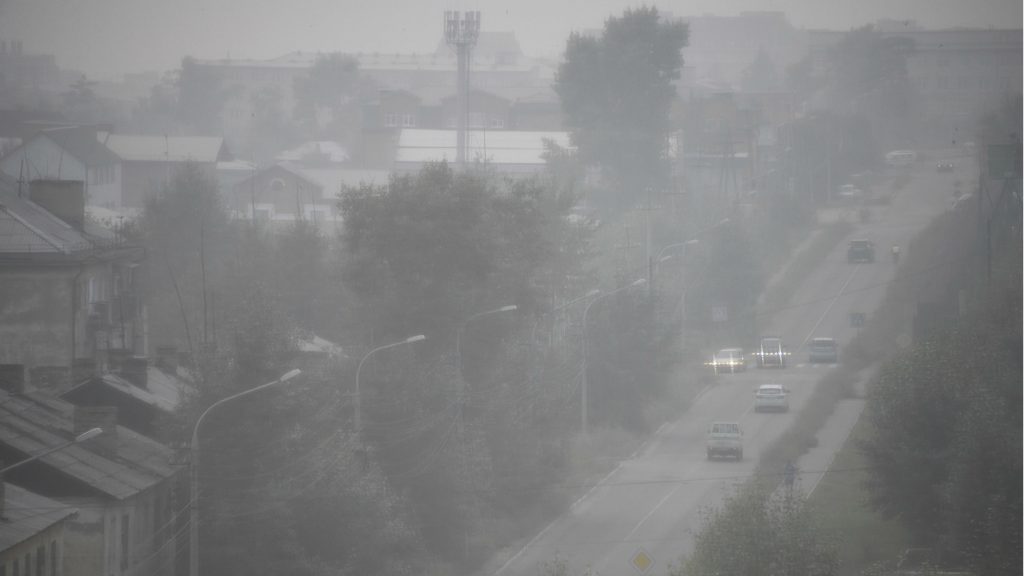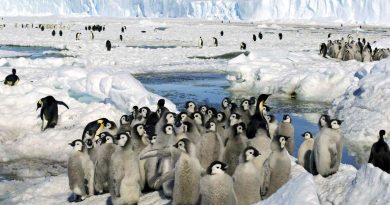Surge in boreal wildfires may—surprisingly—slow Arctic warming: study

Massive wildfires burning in northern Canada and Siberia this season are putting smoke into the atmosphere that is travelling as far away as Europe, but a new international study says that this pollution may be having an unexpected side effect—temporarily slowing down Arctic warming.
The paper, published Tuesday in the journal, Nature Climate Change, looked at how smoke from northern wildfires affects global climate.
To do the study, the researchers used satellite observations and climate data to estimate how much wildfire smoke — referred to as biomass burning emissions, or BBEs — is entering the atmosphere.
They then adjusted global climate models to reflect the recent rise in these emissions from boreal wildfires, allowing them to assess how smoke particles influence temperature, cloud formation, and sea ice loss.
They found that this rising smoke pollution may be temporarily masking some of the warming, especially in the Arctic, because he smoke helps cool the planet by reflecting sunlight and making clouds brighter.
“We find that increasing boreal BBEs reduces global warming by 12 per cent and Arctic warming by 38 per cent, reducing the loss of sea ice,” the study said.
Current models underestimating smoke and impacts
Most global climate models don’t reflect the recent surge in wildfire smoke, the paper said, meaning it’s assumed that emissions from boreal wildfires will stay about the same through the rest of the century.

But the study says that assumption may be way off.
If wildfire activity keeps rising, as it has in recent years, then current models could be underestimating both the amount of smoke in the atmosphere and its effects — particularly in the Arctic, which is already warming nearly three times faster than the global average.
“The rapid observed increase in boreal BBEs is not replicated by the forcing emission scenario used in CMIP6,” the researchers wrote, referring to the standard set of emissions pathways used in most global models.
The study also found that more wildfire smoke can shift global rainfall patterns — pushing tropical rains further south. That’s partly because the smoke causes more cooling in the Northern Hemisphere than in the Southern one.
But the researchers warn that the smoke comes with serious risks — and shouldn’t be mistaken for a long-term climate solution.
- Wildfire smoke can cool the planet by reflecting sunlight and altering clouds
- Arctic warming drops by 38 per cent when boreal wildfire smoke is factored into models
- Current climate models miss this effect, assuming flat wildfire emissions
- But it’s not a climate solution: smoke still harms air quality, ecosystems, and public health
Smoke and particles from wildfires pose serious risks for people, wildlife, and ecosystems. And the cooling effect may be temporary — if fire activity drops again in the future, that stored-up warming could return quickly.
“While increasing boreal BBEs may help partly offset global and Arctic warming,” the study cautioned, “the associated aerosols and particles may also pose significant risks in terms of public health, air quality, and ecological degradation.”
Comments, tips or story ideas? Contact Eilís at eilis.quinn(at)cbc.ca
Related stories from around the North:
Canada: N.W.T. Indigenous governments get $15M to deal with 2023 wildfires’ impact, CBC News
Finland: Last week’s wildfires in Northern Lapland cost taxpayers more than €100k, Yle News
Norway: Smoke from Canadian wildfires forecast to reach Norway, The Associated Press
Russia: New NOAA report finds vast Siberian wildfires linked to Arctic warming, The Associated Press
Sweden: High risk of wildfires in many parts of Sweden, including North, Radio Sweden
United States: Wildfires in Anchorage? Climate change sparks disaster fears, The Associated Press



